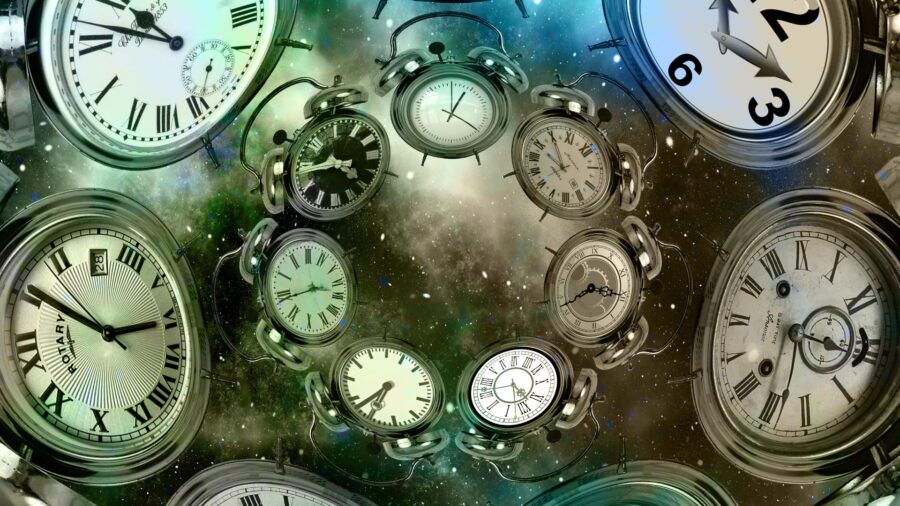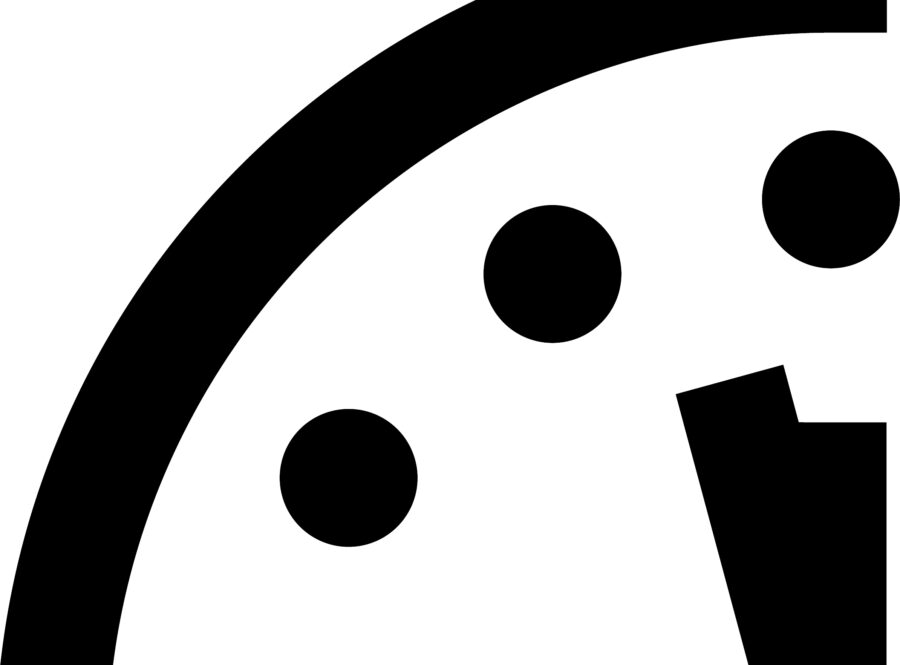Scientists Have Come Up With A Totally New And Wild Way To Tell Time
Scientists at the Uppsala University in Sweden may have developed a method to measure time down to 1.7 trillionths of a second.

For most of us, looking at a clock (or our cell phones) is perfectly sufficient for telling time. But quantum physicists need a method that is a bit more precise than that. While there are ways to measure much smaller increments than seconds, Science Alert reported that scientists found a new potential to measure down to 1.7 trillionths of a second.
This method of timestamping quantum events is fairly complicated, but it boils down to scientists inducing atoms into a Rydberg state, observing the interference causes by Rydberg wave packets, and looking at the patterns to determine the time it takes for these packets to evolve in accordance with one another. Again — complicated. But let’s try and dive deeper anyway.
To find this new method of measuring time, researchers from Uppsala University in Sweden conducted experiments to observe the wave-like Rydberg state. Rydberg atoms are essentially atoms that are inflated by lasers instead of air, giving the electrons within the atoms high levels of energy. There are various reasons that electrons may be induced into states of higher energy, but let’s focus on the reason these scientists were doing it.
When you induce an electron into a Rydberg state with a laser, you can also use a second laser to monitor certain changes in the electron, such as the time that has passed. The movements of these electrons are random though, and the Rydberg wave packet is the equation that helps define these movements. As mentioned, these wave packets create ripples, which combined with multiple packets create unique patterns that can be observed.
These patterns provide the scientists with a measure of time, which was found to be consistent and reliable through further testing. Voila, you have quantum timestamping. To find this out, the researchers had to observe laser-excited helium atoms and make theoretical predictions that they compared to their findings.

Interestingly, this way of telling time doesn’t have to work like the traditional method you’d be familiar with. When you’re measuring seconds, you would start your stopwatch at zero. With this method, the researchers could look at the interference structure from the waves and determine that a certain duration has passed.
So, this essentially means that scientists can observe quantum events with an even greater level of precision, ensuring their time measurements are as accurate as possible. As mentioned, this new methodology could theoretically observe events as short as 1.7 trillionths of a second. The quantum experiments could also be adjusted for measuring in different conditions.
According to the reports, replacing helium with other atoms or changing the energy pulses of the lasers could change the conditions to make timestamping more convenient for different types of experiments. Measuring events at the quantum scale is probably already complex enough, so new ways of telling time like this are undoubtedly helpful for the field of quantum observation. Make sure to stay tuned for more science news and check out Ant-Man and the Wasp: Quantumania if you want to see some non-scientifically accurate quantum action.










